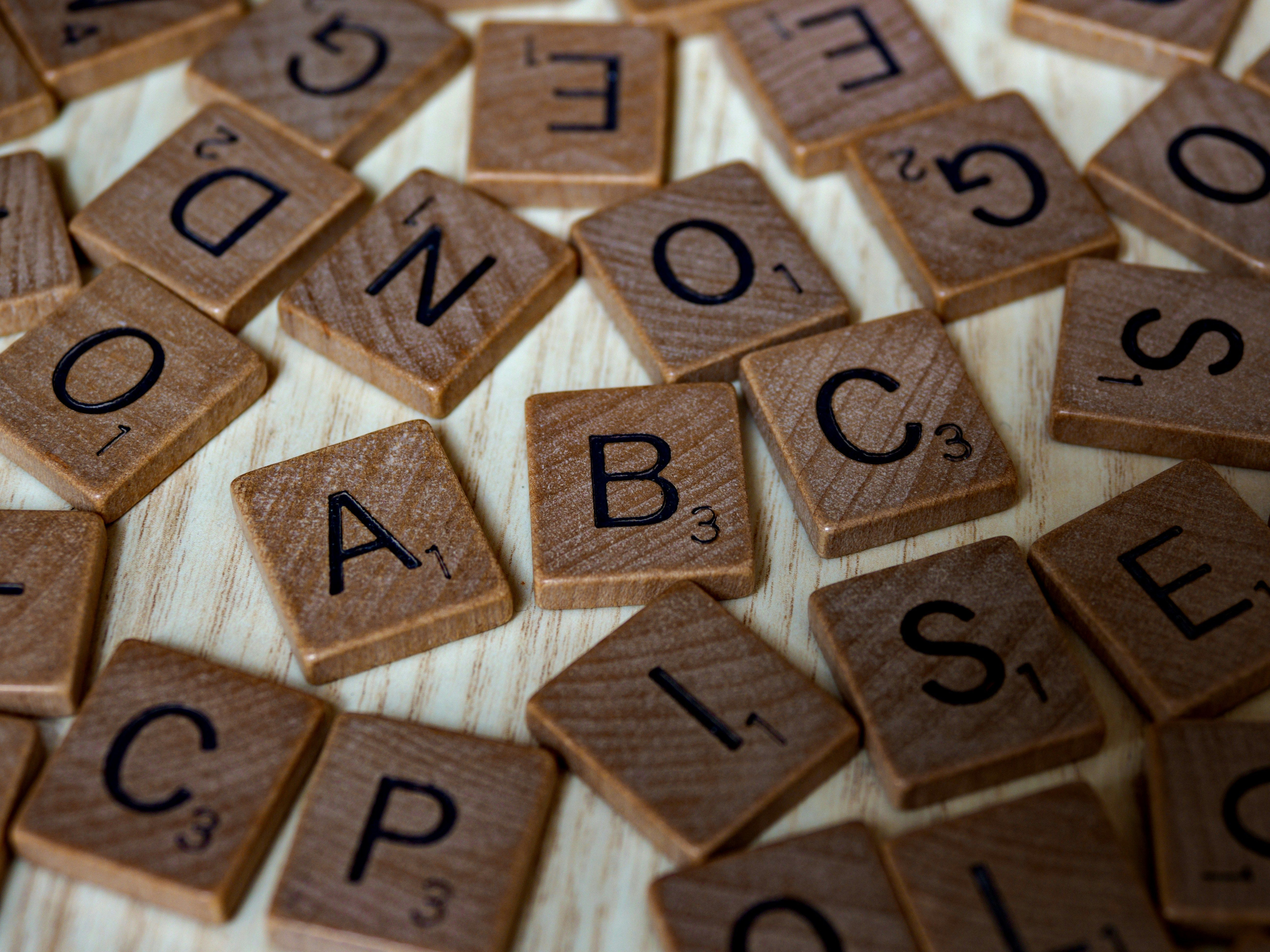The Importance Of Preserving Mother Tongue
Preserving the mother tongue ensures the maintenance of cultural diversity and linguistic heritage, connecting children to their roots.
07-03-2025Language is a system of representation.
Language is a system of representation. When languages with different writing systems interact, challenges arise in how to represent words and sounds from one language using the script of another. Two key methods that address this challenge are transliteration and transcription. They are two distinct but complementary linguistic processes that facilitate communication across languages and scripts. Although these terms are often used interchangeably, they refer to different processes with unique purposes. This article explores the principles, differences, and practical uses of transliteration and transcription, highlighting their importance in facilitating cross-linguistic communication.
Transliteration is the process of converting written text from one writing system or alphabet into another, focusing primarily on preserving the original pronunciation rather than translating meaning. Unlike translation, which conveys meaning, transliteration allows readers unfamiliar with a script to approximate the sounds of words in their alphabet. For example, the Arabic greeting "مرحبًا" is transliterated as "marhaban" to guide pronunciation for those who do not read Arabic script. There are two main approaches to transliteration:
Transcription, on the other hand, is the representation of speech sounds. It focuses on how words are pronounced, rather than how they are spelt. In practical transcription, the aim is to provide a clear and readable representation of the spoken form of a word using a familiar script, often for learners, travellers, or in dictionaries. Practical transcription differs from phonetic transcription, which uses specialised symbols (like the International Phonetic Alphabet, IPA) to capture fine-grained details of pronunciation. Practical transcription tends to balance accuracy with simplicity and readability. For example:
Transliteration is used in:
Practical transcription is used in:
In summary, transliteration converts text between alphabets to maintain phonetic consistency, aiding pronunciation and accessibility, whereas practical transcription converts spoken language into written text to document and make speech accessible and understandable. Each plays a vital role in bridging languages and scripts, supporting communication, cultural exchange, and information preservation.
Spread the Knowledge! 🚀
Found this article useful? Click the Share button below and let others benefit too!

Preserving the mother tongue ensures the maintenance of cultural diversity and linguistic heritage, connecting children to their roots.
07-03-2025
Without phonology, we would not understand how they create meaning in language. Together, they are the heartbeat of human communication.
16-09-2025
Temperament is the innate and stable personality traits that influence how individuals respond emotionally and behaviorally to their environment.
02-08-2025